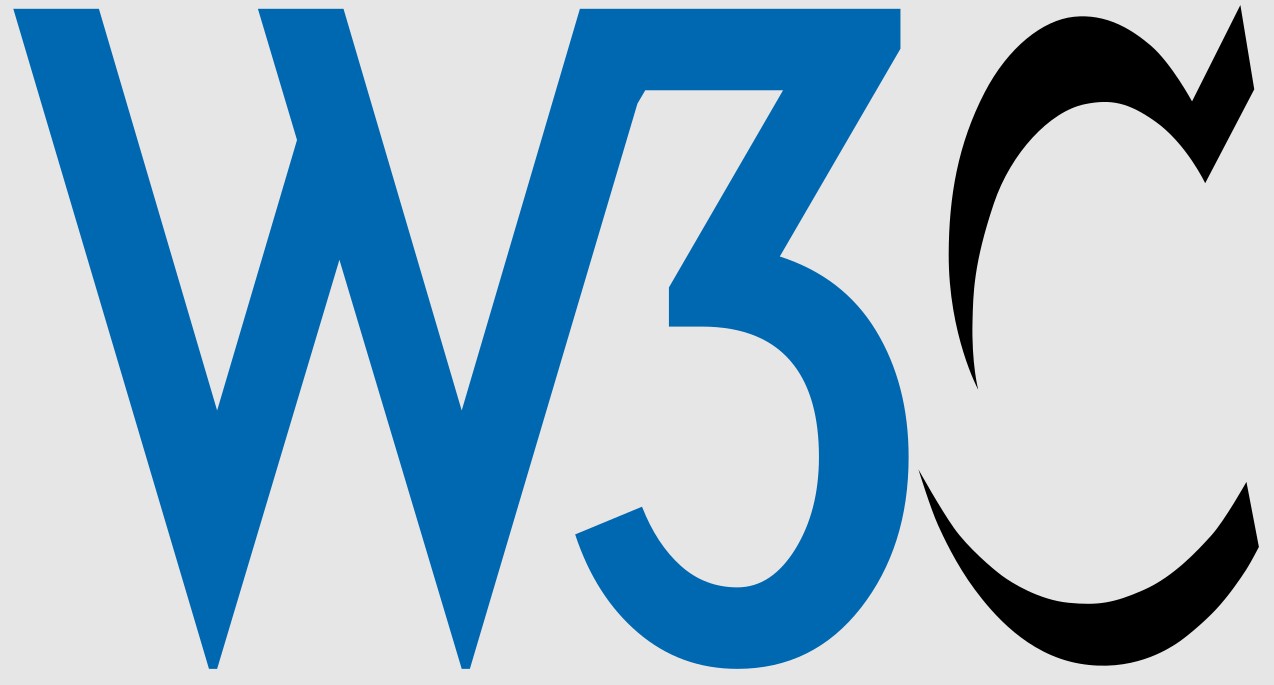The World Wide Web Consortium, or W3C, is a well-respected and widely-used organisation dedicated to the development of standards, tools, and guidelines for the continual advancement of content and services accessible through the World Wide Web. Established in 1994 by Tim Berners-Lee, the man widely-recognised as the founder of the internet, the W3C sets standards, outlines best practices, and provides the resources needed to ensure the highest possible quality in online content and services.
As the internet has grown to become a cornerstone of modern life, the W3C's role in setting and adhering to standards has taken on an even greater significance. Through the W3C, organisations, developers, and content creators can collaborate to develop and refine standards that ensure a better, more comprehensive web experience for everyone. To ensure that the standards developed meet the highest standards, the W3C set out five main guidelines for web development, which all W3C-based websites, applications, and other content must meet:
1. Use valid markup: Using valid markup language is an essential step to ensuring the quality of a website, as valid markup makes sure the page will render correctly in any browser or device. The W3C’s validation service can be used to test any page for valid markup, and it is highly recommended for any website or application that wishes to be certified by the W3C.
2. Make use of hyperlinks: Hyperlinks are a powerful tool for making sure users can navigate around a website, find content quickly, and access any external resources they could need. Hyperlinks can also be used to archive pages and keep track of user journeys, allowing the website to be continually refined. They should be used liberally to help users find the content they need.
3. Follow web accessibility guidelines: Accessibility is a key concern for the W3C, and all websites and applications should ideally be made as accessible as possible. This usually involves making sure the website is accessible to users with disabilities, ensuring it can be used by those with impaired vision, hearing or motor functions. This can be done through features such as alt tags for images, colour contrast settings, and ample headings, links, and related page content.
4. Write valid code: Coding standards are essential for keeping any website optimised, as invalid code can lead to browser compatibility issues and poor page performance. Whenever coding a website or application, validating it against the W3C’s validation services is a great way to ensure it functions as expected in any browser.
Become a Sales & Marketing Rainmaker
Learn valuable skills to win more customers, grow your business, and increase your profits.

5. Use valid CSS: Cascading Style Sheets (CSS) are an important way of ensuring the website looks correct in any device or browser, and is an essential way of ensuring sites look consistent across multiple browsers, platforms, and devices. Validating CSS against the W3C’s validator is the key to ensuring all style elements look and work as expected in any environment.
These five guidelines are all essential parts of ensuring a website works, looks, and functions correctly in any environment. Following these guidelines is an essential part of any development project, and the W3C provides valuable resources to help along the way.
The W3C’s website provides a variety of validation services for making sure a website effectively meets their standards. Pages created using HTML or CSS, for example, can be run through their validators to ensure the code is valid and valid HTML language is being used. There are also validation services for several other types of web languages, such as XML and mobile websites, allowing web developers and content creators to validate their entire web presence, not just the specific pages they are working on.
In addition to validation options, the W3C also provides resources to help developers and content creators learn how best to use their standards. There is an abundance of in-depth tutorials, best practices for various types of development, and even a question service for when developers have a specific concern.
Furthermore, the W3C’s website also acts as a handy tool for developers and content creators to stay up-to-date on the W3C’s standards, guidelines, and best practices. Their blog, for example, provides a comprehensive overview of all the major news, updates, and events in the web development world, making sure content creators always have access to the freshest advice and standards.
The W3C plays a vital role in helping ensure the continued advancement of content and services accessible through the World Wide Web. By providing a framework of standards, guidelines, and best practices, as well as the resources and tools needed to adhere to these, any developer or content creator can make sure their website meets the highest possible standards of quality and usability.
